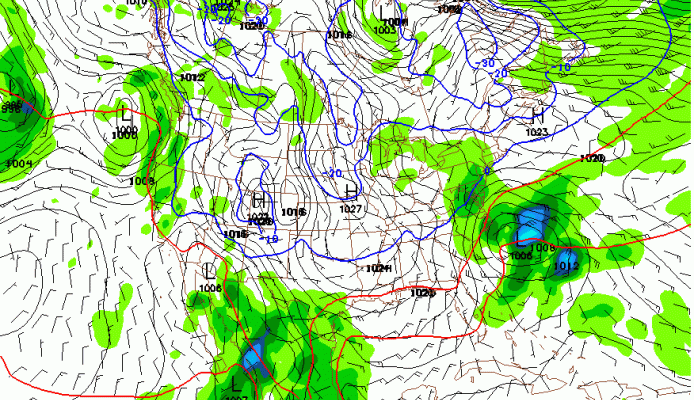
Data Assimilation

Data Assimilation
RAL has expertise in customizing and deploying a wide range of operational-grade and research-grade data assimilation systems to meet a particular forecast need. Operational data assimilation systems such as NCEP’s Gridpoint Statistical Interpolation (GSI) undergoes extensive testing and user operability modifications in the Joint Numerical Testbed Program (JNTP), and it is deployed in forecast systems for solar energy (WSAP), and defense (NSAP) applications. Real-time nudging data assimilation (Real-Time Four Dimensional Data Assimilation; RTFDDA) has been an integral component of real-time mesoscale forecast systems deployed worldwide for well over a decade. Several applied research projects RAL-wide use NCAR’s ensemble-based Data Assimilation Research Testbed (DART) as a foundation for demonstrating analysis and prediction for a variety of dynamical systems. During the last several years, RAL data assimilation expertise has evolved toward hybrid systems, which borrow strengths from several mature systems including the GSI, the WRF-based 3D and 4D variational data assimilation systems (WRF-VAR), RTFDDA, and DART. Efforts have the value of variational and Bayesian Monte Carlo estimation.
RAL applies data assimilation to a variety of dynamical systems, reflecting RAL’s broad expertise in geophysical modeling. Examples include the Weather Research and Forecasting (WRF) mesoscale numerical weather prediction model, and the WRF hydrology module (WRF-Hydro). The high-resolution land data assimilation system (HRLDAS) is used to spin up the Noah land-surface model. RTFDDA has been used to evaluate the impact of instrument packages housed in regional commercial aircraft. Research and development work uses DART to help identify model inadequacies related to boundary layer parameterization over both the ocean and the land surface. A 4D variational system leveraging Doppler radar observations underpins a system for nowcasting deep convection and lightning. The Variational Doppler Radar Assimilation System (VDRAS) has proven effective in wind energy, security, and aviation applications.
Contact
Scott Swerdlin
Director, National Security Applications Program